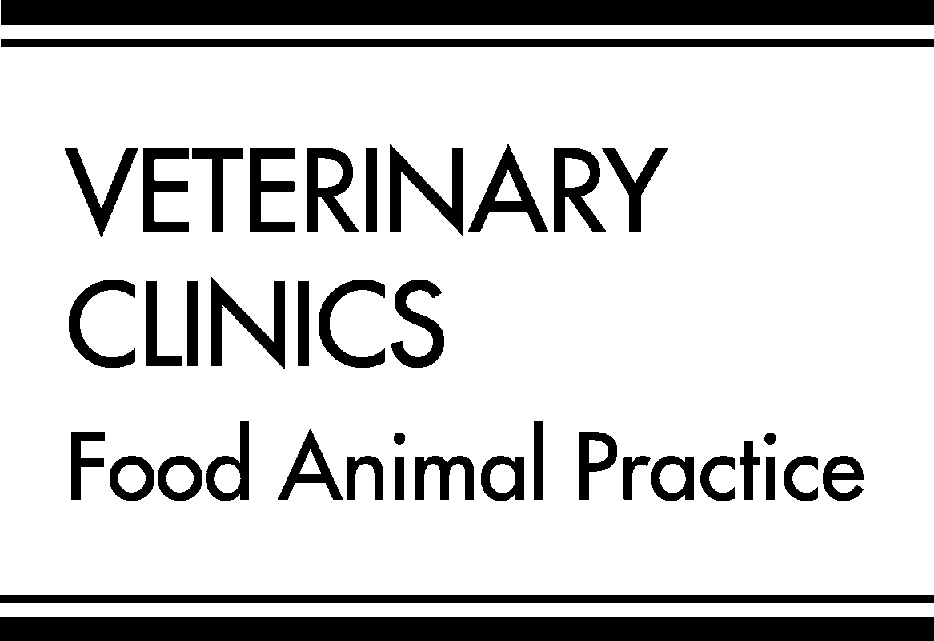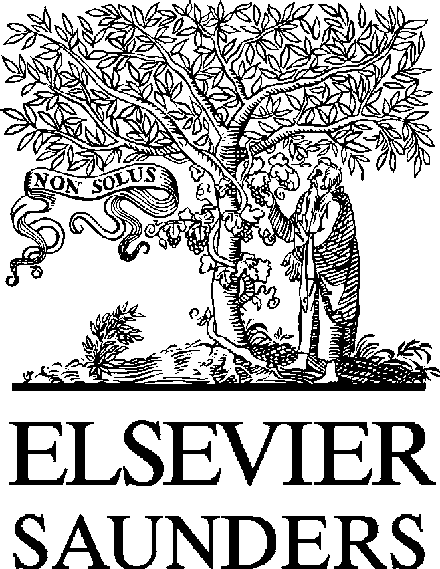Paediatric_asthma_intake_form _2_
Paediatric Asthma Intake Form An accurate health history is important to ensure that it is safe for you to receive treatment. If your health status changes in the future, please let us know. All information gathered for treatments is confidential except as required or allowed by law to facilitate diagnosis (assessment) or treatment. You will be asked to provide written authorization for rel

 Department of Medical Sciences, University of Wisconsin-Madison School of Veterinary
Medicine, 2015 Linden Drive, Madison, WI 53706, USA
Besides stillbirths, disease is the most significant reason for mortality of
dairy calves and heifers. Although reported mortality rates vary greatly byage, passive transfer status, type of operation, housing, season, manage-ment, country, region, and origin of the data set, enteritis and pneumoniaemerge as the most common reasons for disease-related deaths among dairycalves and heifers . Septicemia is an important cause of death in veryyoung calves diarrhea is the most important disease in calves lessthan 30 days of age and pneumonia is the most important problemin replacement heifers over 30 days of age
The economic impact of dairy heifer replacement disease and death is sig-
nificant. The cost of raising heifers at $1200 to $1600 or $1.40 to $1.88per day is high but is superseded by the cost of purchasing a springingheifer. Whether the goal is to maintain or expand herd size, disease manage-ment of dairy heifers is an appropriate focus for producers and their veter-inarian. In many dairy calf raising operations, the veterinarian’s role islimited to managing health problems, whereas most routine disease manage-ment, vaccinations, and treatment protocols are producer-driven. Althoughproducer recognition of the common calf disease concerns when validatedby postmortem examination is shown to be specific the sensitivity of de-tection is poor at 58% and 56%, respectively, for enteritis and pneumonia.
Department of Medical Sciences, University of Wisconsin-Madison School of Veterinary
Medicine, 2015 Linden Drive, Madison, WI 53706, USA
Besides stillbirths, disease is the most significant reason for mortality of
dairy calves and heifers. Although reported mortality rates vary greatly byage, passive transfer status, type of operation, housing, season, manage-ment, country, region, and origin of the data set, enteritis and pneumoniaemerge as the most common reasons for disease-related deaths among dairycalves and heifers . Septicemia is an important cause of death in veryyoung calves diarrhea is the most important disease in calves lessthan 30 days of age and pneumonia is the most important problemin replacement heifers over 30 days of age
The economic impact of dairy heifer replacement disease and death is sig-
nificant. The cost of raising heifers at $1200 to $1600 or $1.40 to $1.88per day is high but is superseded by the cost of purchasing a springingheifer. Whether the goal is to maintain or expand herd size, disease manage-ment of dairy heifers is an appropriate focus for producers and their veter-inarian. In many dairy calf raising operations, the veterinarian’s role islimited to managing health problems, whereas most routine disease manage-ment, vaccinations, and treatment protocols are producer-driven. Althoughproducer recognition of the common calf disease concerns when validatedby postmortem examination is shown to be specific the sensitivity of de-tection is poor at 58% and 56%, respectively, for enteritis and pneumonia.